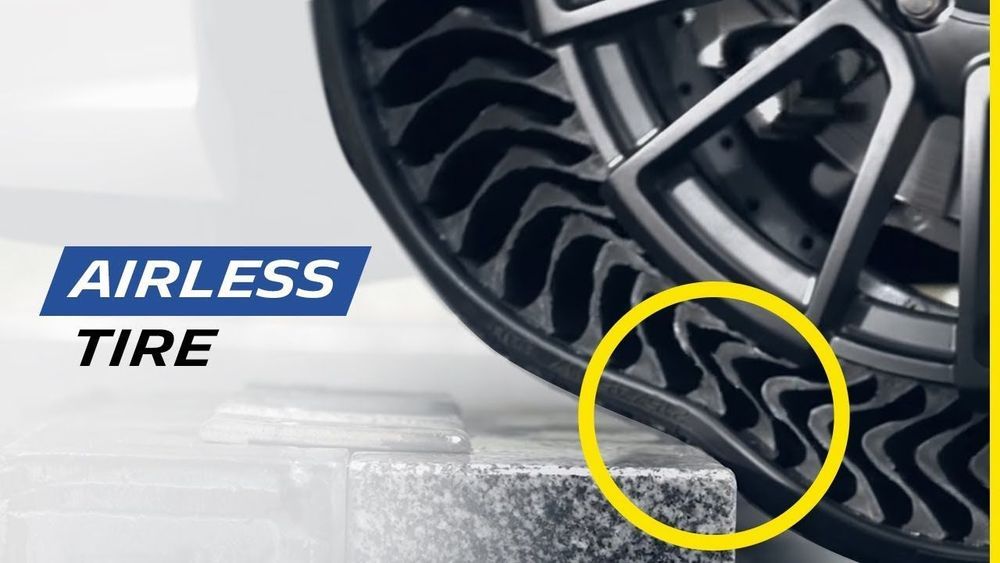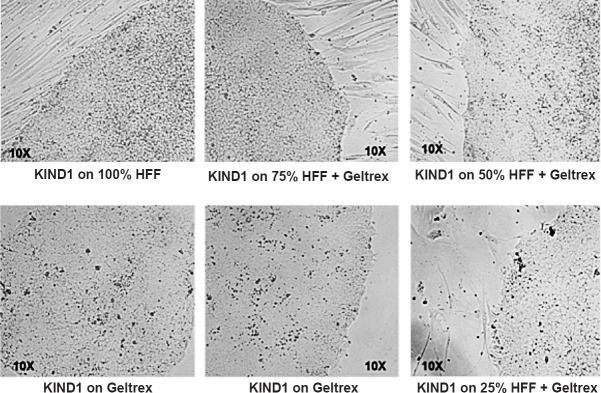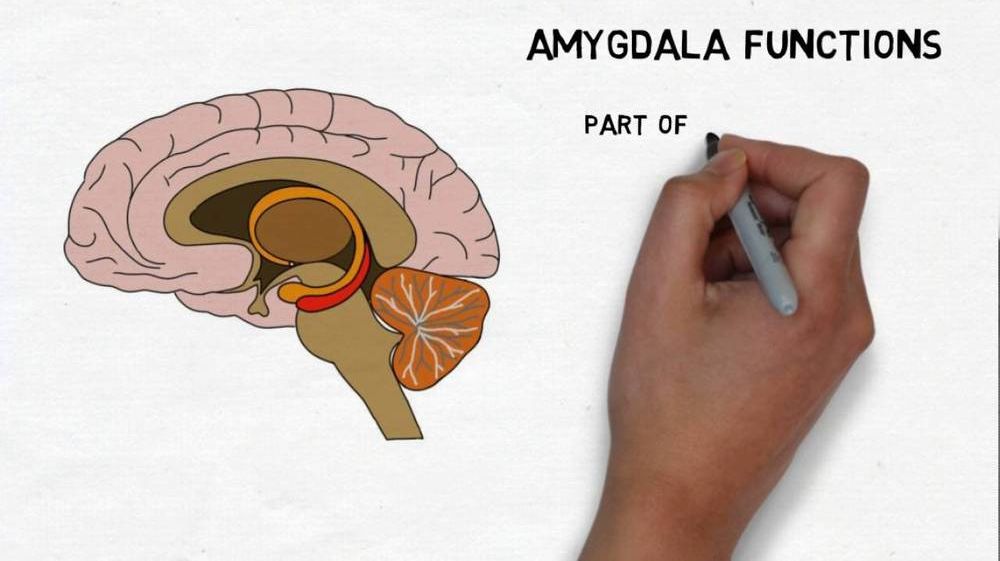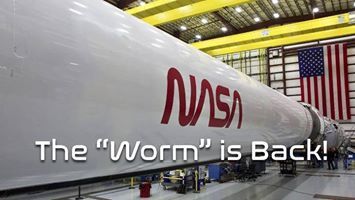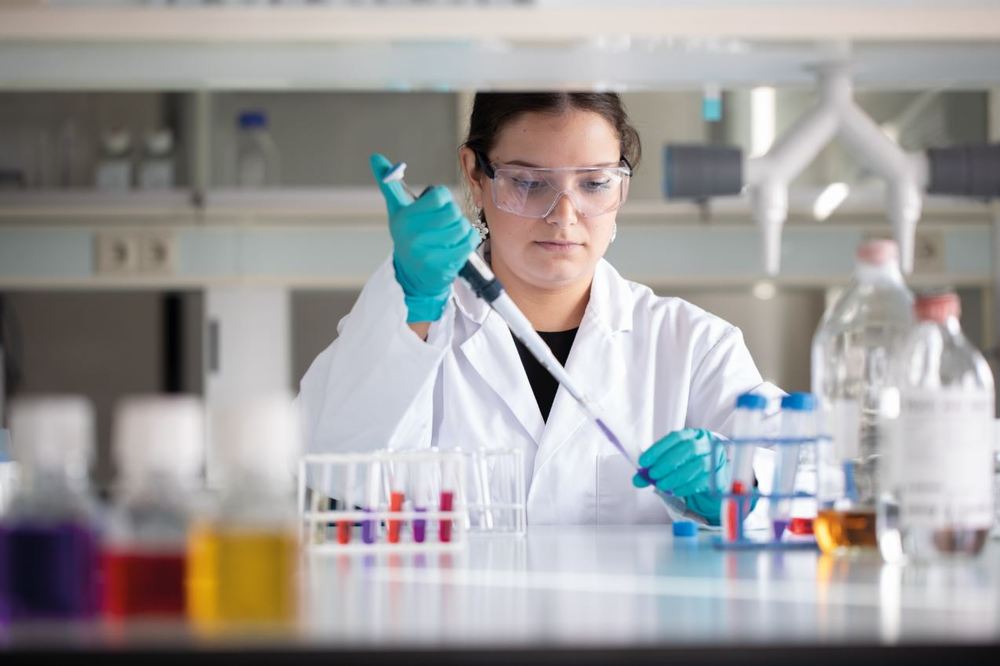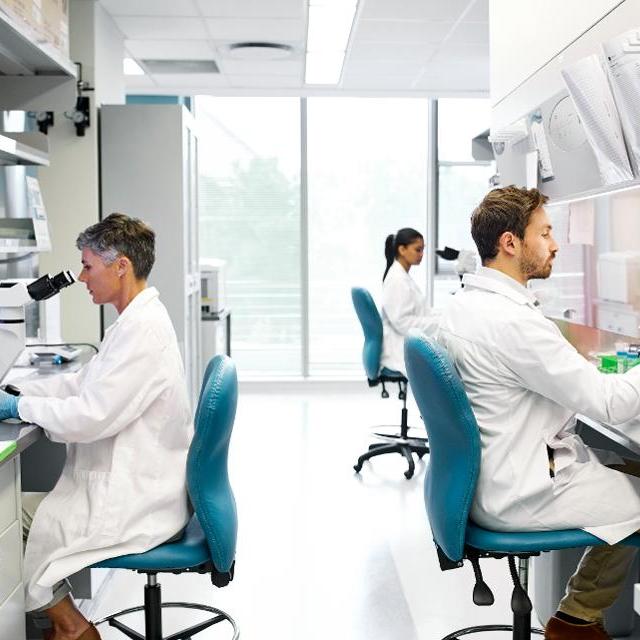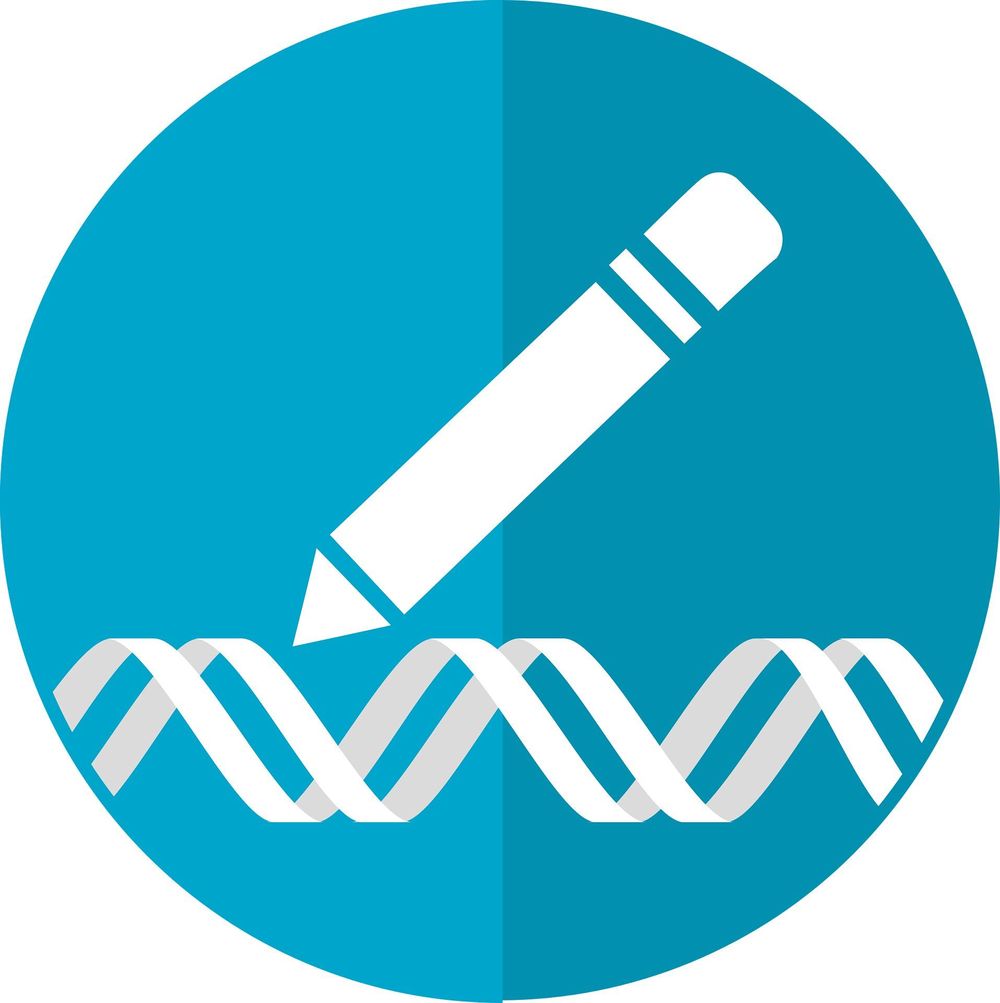May 20, 2020
GM and Michelin will bring airless tires to passenger cars by 2024
Posted by Quinn Sena in category: transportation
Circa 2019
Airless tires for everyday cars might soon be far more practical. GM and Michelin have unveiled a prototype of Uptis (Unique Puncture-proof Tire System), a Michelin-made tire intended for passenger cars. It looks like Tweel and other air-free concepts of years past, but its mix of composite rubber and resin embedded fiberglass lets it operate at highway speeds — earlier options tend to work only when you’re slowly putting around. It’s not as visually appealing as conventional tires, but Michelin claims it’s just as comfortable.
Continue reading “GM and Michelin will bring airless tires to passenger cars by 2024” »
